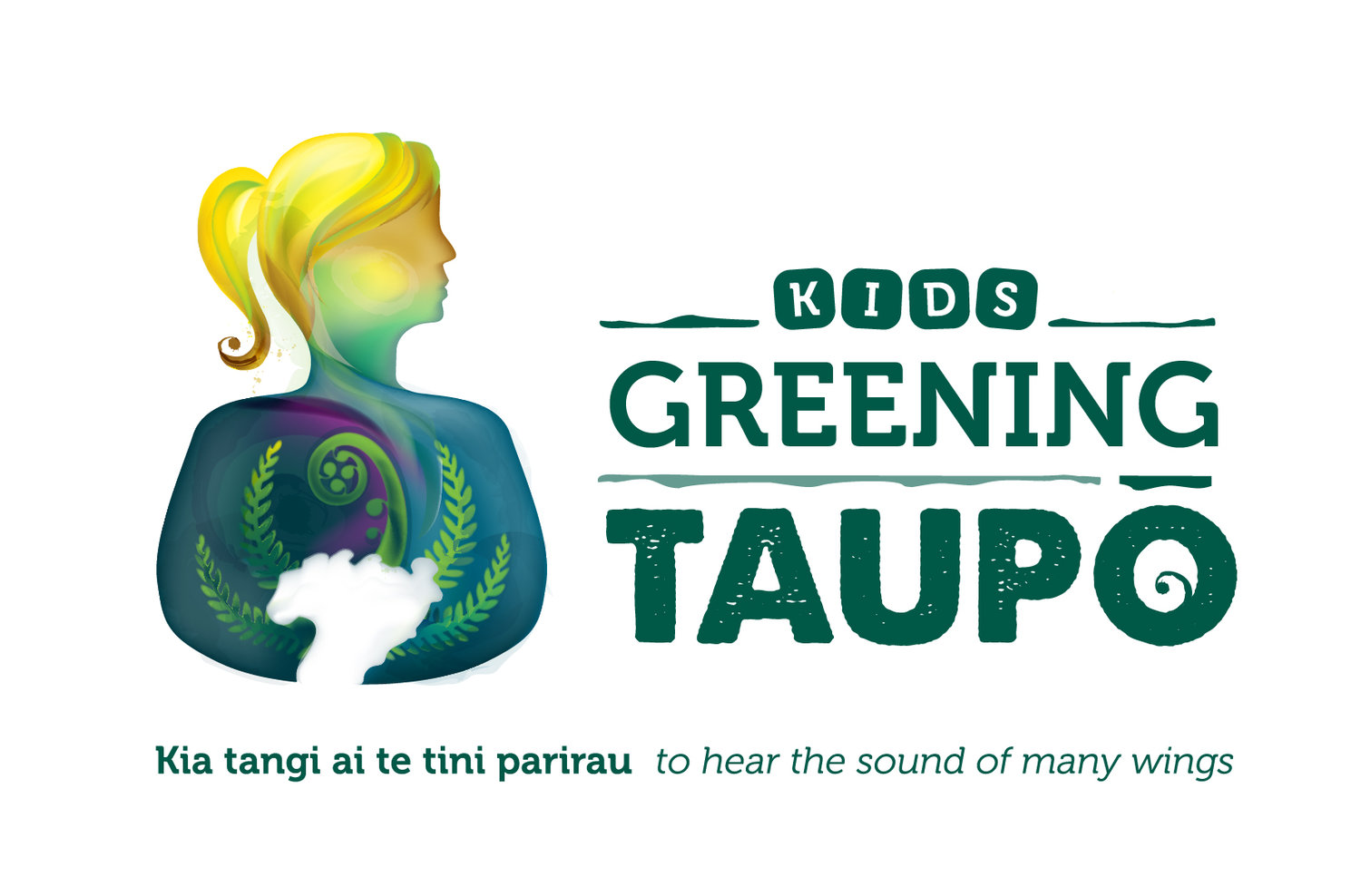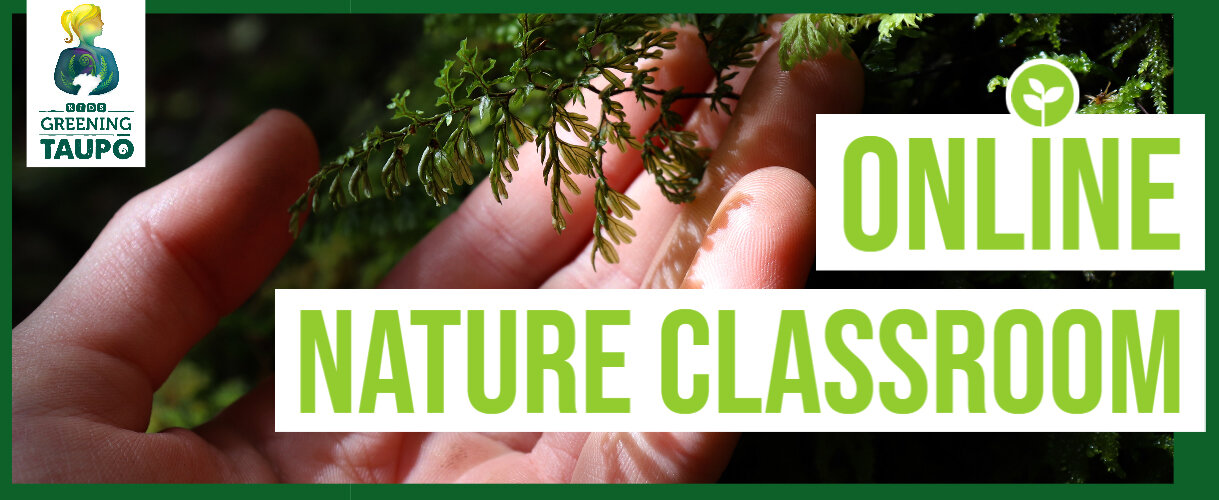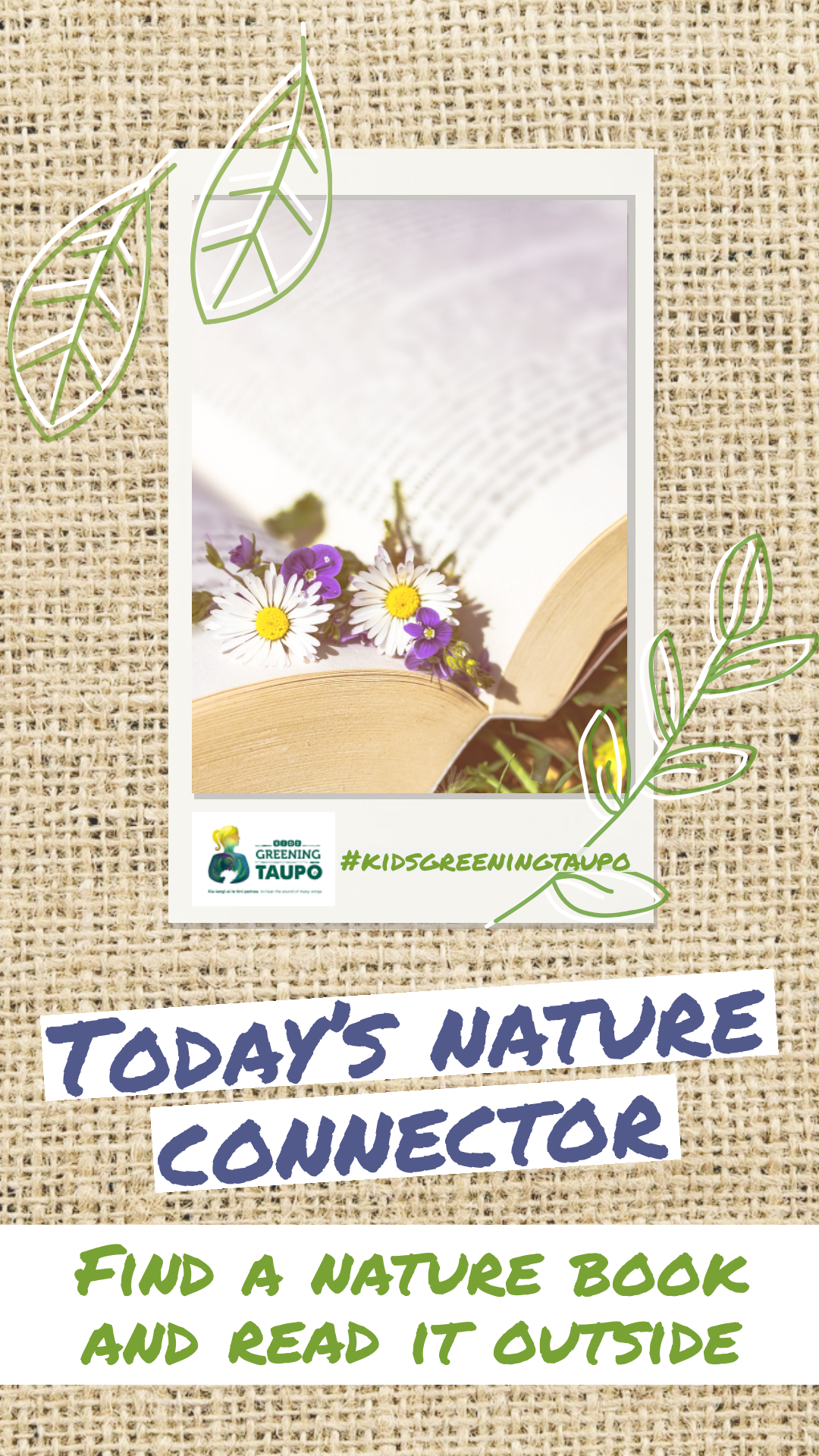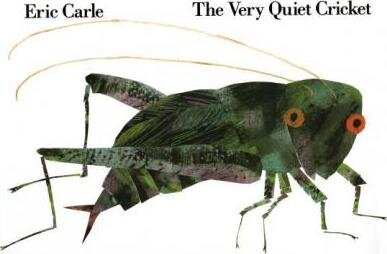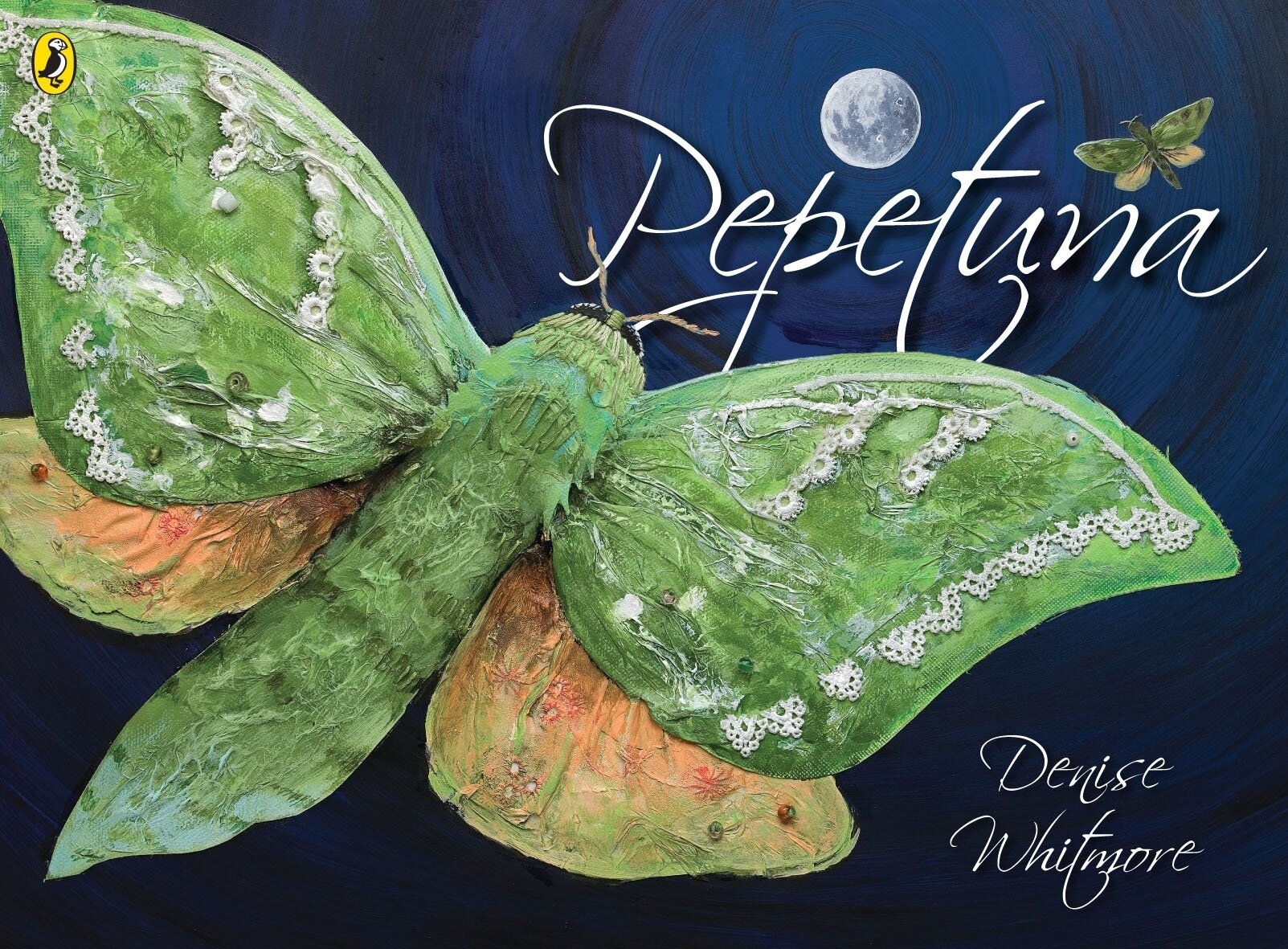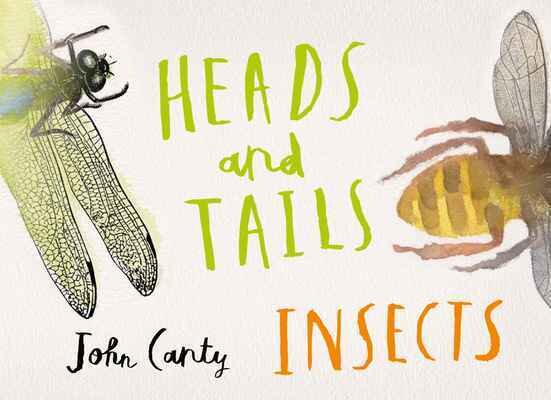The World of Minibeasts/Bugs
Nau Mai! Welcome to the Kids Greening Taupo Online Nature Classroom!
THIS ONLINE NATURE CLASSROOM IS ALL ABOUT bugs (invertebrates)!
“Bugs/Invertebrates are a vital part of any ecosystem. They exist in almost every habitat and have different roles to play depending on where they live and which other living things are present.
In a green space, invertebrates often help to keep waste under control and create healthy soil. Without healthy soil people could not grow nutritious foods.
Invertebrates are an important food source for some native birds, frogs, lizards, fish and bats. Some invertebrates even eat other invertebrates (e.g. dragonflies eat mosquitoes and help to keep mosquito numbers down).
Other invertebrates eat fungi, plants, nematodes, bacteria or protozoa.”
- Department of Conservation: Experiencing Invertebrates in your Green Space
The Bug Man- Ruud Kleinpaste introduction video
Our ‘Fill your Kete’ section will provide you with some fun nature activities based around our topic. As this topic is Bugs, our activities are based around bug identification, behaviours, adaptations and exploration.
Day 1:
identification and bug hunt
Today's Nature Connector is to go on a bug hunt! Discover fascinating bugs in your backyard. If you have any piles of wood, or rotting logs, lift them up and break them apart. Try digging in some soil. Look in the bark and branches of trees and bushes. What can you find? It's amazing how many fascinating bugs are living all around us! You can print one of our free invertebrate scavenger hunts to use.
Learn about how important bugs are by watching THIS VIDEO.
You could use this SHEET or this WEBSITE to help identify the bugs that you find.
Download this APP and have a go at identifying interesting things in your garden.
If you would like to record your data:
HERE is a great invertebrate data recording sheet from the experiencing invertebrates in your green space education resource.
For an extra challenge, choose one of these hands-on activities to do:
DAY 2:
Curiosity questions:
Now that you’ve been on a bug hunt in your backyard and discovered some beautiful creepy crawlies, what are you wondering? What bug interested you? Choose the most interesting bug that you found, ask some questions about it and do some research! You can present your findings any way that you like (in a poster, a diagram, a booklet, a video…). Here are some questions that might help you to get started:
What is your bug? Try using the resources that we shared yesterday to identify your bug
What family does it belong to? Is it an insect, a mollusk, a spider, a centipede, a worm…
What does it eat? Is it a herbivore, omnivore, or carnivore?
Is your bug a native animal? Is it common or rare?
What kind of habitat does your bug live in?
Do gardeners consider your bug a pest or a help?
What else do you want to find out about your bug?
DAY 3:
our waggle dance
Did you know that bees are able to tell each other where the best source of food is simply by dancing? That’s right! It’s called the waggle dance.
Today’s activity involves hiding treasure and communication through movement. Welcome to our waggle dance!
Instructions HERE.
DAY 4:
Master of disguise- All about Camouflage
Can you find the bug in Today’s Nature Connector photo? It looks just like a leaf doesn’t it? When something blends in to its surroundings we call that camouflage. Many species use camouflage as a way to hide from predators (things that want to eat that animal).
Today your mission is to become a master of camouflage and disappear into your surroundings.
You could play traditional hide and seek, or you could have a go at camouflaging like many of our native animals do! Make sure you are hiding somewhere safe. Challenge yourself to blend in so that no one can see you even when you are right in front of their eyes!
Give the ‘seeker’ a time limit to find you so that you don’t have to hide all day.
Click HERE for some inspiration and tips
Learn more about how different bugs avoid being eaten in the video below:
DAY 5:
KI TE PANUI/ TO READ
This week’s ki te Panui section is based on all things bugs.
Head to the section below for the read aloud story, The Very Quiet Cricket.
If you already have this book make sure you head outside to connect to nature whilst enjoying it!
After reading/listening to the book make sure to try the follow up bug sounds activity.
In each Online Nature Classroom we will give book suggestions along with at least one video read aloud.
Our recommendation is The Very Quiet Cricket.
Read aloud below:
Follow up activity:
bug Sounds
Watch THIS VIDEO of different bug sounds. Can you recognise any of the bugs from your garden? Some of the bugs aren’t in NZ, do you know which ones?
Challenge yourself!
Try listening to the video with your eyes closed and see if you can identify any of the bug sounds. How did you go? Once you feel confident with the different bug sounds, why not go outside and listen closely to see if you can hear any bugs in your own backyard. Can you identify them?
Extra for experts: Can you find out how different insects make their sounds? Do they all rub their legs together? Let us know what you find out.
